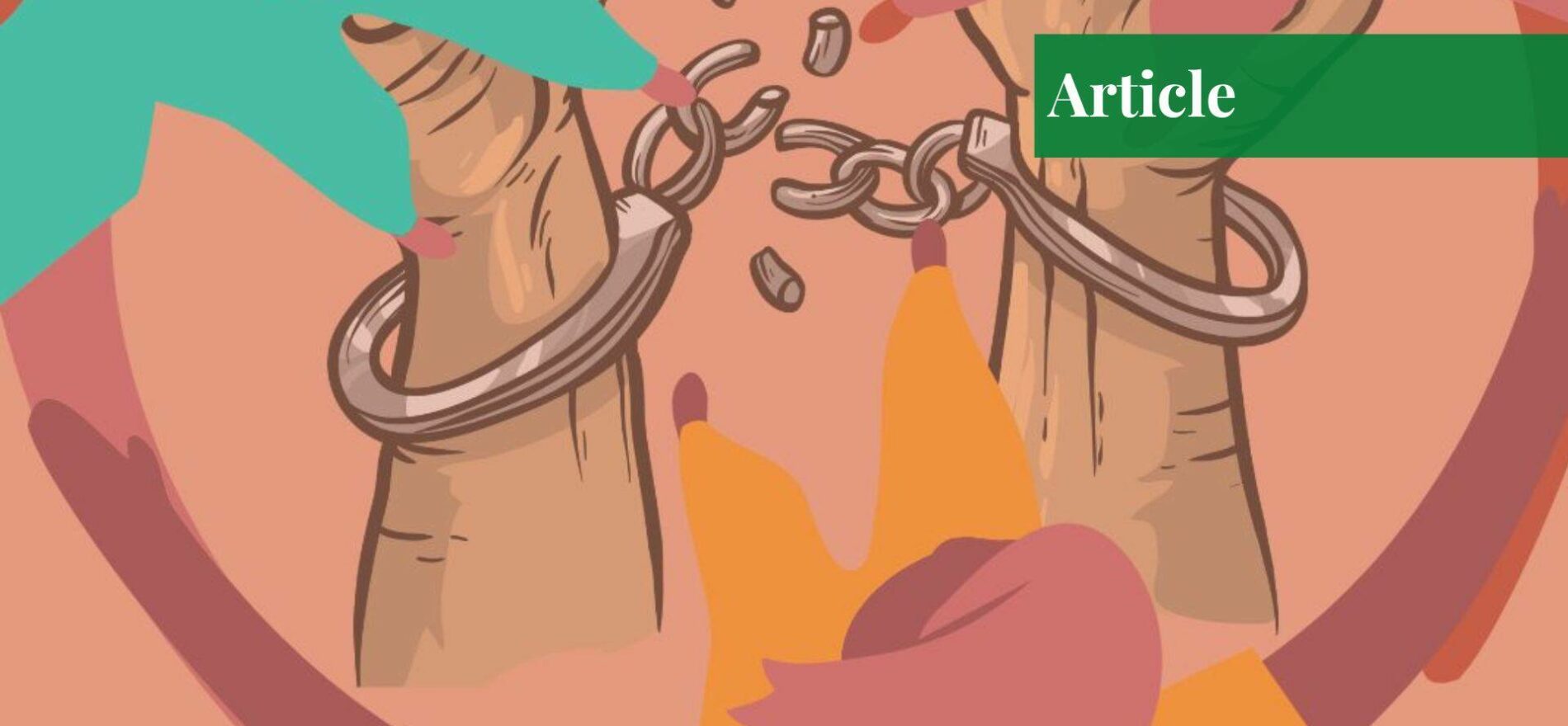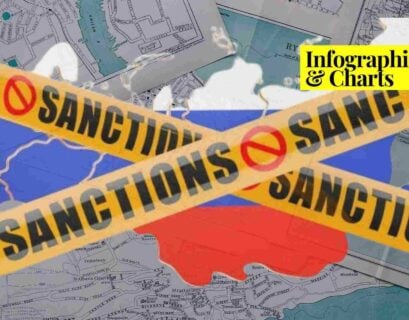Laraib Khan is a final-year student pursuing a Bachelor's degree in Media and Communications at the International Islamic University. She has also served as a junior communications officer for Nuclear Research in Switzerland.
The pictures of women in Iran puffing on a cigarette or lying on beaches wearing swimsuits are often used in mass media (especially in the West) as a testimony of modern Iran before the Islamic revolution. Is that, however, a true representation of Iranian history or is it just an oversimplified glorification of cultural imperialism, or maybe a combination of both?
What does “Zan, Zindagi, Azadi” really represent for the plight of Iranian women? We don’t need to delve too deeply into the past to answer this question.
Before Reza Shah attempted to modernize Persia (modern-day Iran), men and women had fixed gender roles. The traditional gender norms dictated that the men were breadwinners, while the women were primarily responsible for homemaking. Even in wealthier families that encouraged the education of their daughters, it was often presented with the notion that education would equip them with the skills needed to be good wives and mothers.
In the 19th century under the Qajar dynasty, few educated women became leaders but weren’t successful in organizing a society or movement. The 20th century, however, began with the gradual social and political awakening of women in Iran.
The Constitutional Revolution between 1905 and 1911 led to the establishment of the first parliament in Iran, and despite being a blend of Western (alien) ideas and national practices, it enfranchised men but not women. The lack of laws regarding women’s rights served as an incentive for the women activists to start organizing societies and publishing magazines.
In the beginning, foreign missionaries established primary schools for women that were only attended by religious minorities e.g. Christians, Jews, and Zoroastrians. Later, some schools opened by women activists were closed by Mullahs (Conservative Clerics). Despite the significant societal opposition, some women (from privileged backgrounds) remained steadfast. These sporadic activities organized by women resulted in the formation of women-led organizations and societies.
These societies advocated mainly for the education of women and used publishing material as a source to advocate for reforms. Almost thirteen journals were published by women. These journals not only advocated for the emancipation of women but also had a contempt for Western domination mainly stemming from anti-colonial ideas.
Zaban-e-Zanan (Women’s Tongue) was the most influential among these. This journal for the first time rejected both religious prejudice and foreign domination. It was the first publication to officially criticize the 1919 treaty between Britain and Iran that was “designed” to access Iranian oil fields. A substantial portion of demands from radical factions were met to some extent encompassing women’s suffrage, increased female literacy, workforce participation, improved legal rights in the familial context, and the establishment of welfare institutes for women.
The Pahlavi era (1921–1978) saw a major shift in the lives of Iranian women. Reza Shah in 1936 coercively enforced the unveiling (abolition of chador) called Kashf-e-Hijab. Western fashion, especially European hats, slowly and gradually became the fashion trend. The government even sent a trade commission to import Western dresses and hats from Europe.
Shah was often referred to as the “puppet” of the West by the religious section of society. The unveiling was the most radical step taken by him and was mostly favored by women from privileged backgrounds but resented by the majority of women. He also introduced policies aimed at educating women. It was the first time in Iran’s history that women’s education was institutionalized. Many government schools were established under his reign. The mid-1930s also saw a large number of female enrolment in higher education.
Despite being a patriarch himself, Reza Shah encouraged the emancipation of women because he wanted to transfer the power from the clergy to the state. Another reason for this was his desire to project his image of a “modern leader” in the Western world, thus he killed two birds with one stone. Slowly and gradually, he replaced the independent feminism of societies led by women with “state feminism”.
The abolition of the chador (veil) in 1936 was the final blow that transferred the patriarchal status from mullahs to the state. A few women (mostly elite) were very happy about the unveiling initiative and considered it as their victory, but the majority of the women felt dejected. The reason was the fact that the “right to choose” was taken away from them.
World War II started in 1941 and Shah was forced to abdicate in favor of his twenty-two-year-old son Mohammed Reza Shah. Following the footsteps of his father, Mohammed Reza Shah also advocated for a Westernized and modern Iran. He introduced the White Revolution, a series of economic, social, and political policies revolving around the basic concept of modernization, Westernization, and Europeanization of Iran.
During the 1960s and 1970s, Iran’s economic trajectory underwent a noticeable turn towards embracing the ideals of a contemporary capitalist industrial society. The economic shift from agriculture to the oil sector increased the employment rate of women. Just like his father, he used the emancipation of women as a placard to boost his image in the West as well as to curb the power of the clergy. He was more successful in modernizing Iran as he focused more on the legal aspect of reformation.
During his reign, the Family Protection Law (FPL) was introduced which encompassed increasing the legal age of women from 15 to 18, restricting polygamy, and the legalization of abortion. The FPL also encouraged women to work which accelerated the employment of women. These measures made a small impact on improving the quality of life for women.
The adultery penal codes were mostly in favor of men reflecting the state’s inherent bias against women. The suffragist movement after its success in the West finally made its way to the East including Iran. Supported by women-led organizations in Iran, Shah finally announced the enfranchisement of women on 9th January 1963.
Contrary to the Orientalist perception that the Shah was a champion of women’s rights and the messiah the women needed at that time, he held strong sexist beliefs. His reforms were mostly motivated by his urge to present himself as the liberal modern emperor in the West. Iranian mass media at that time was full of pictures of women wearing half-naked Western dresses that were deemed modern and civilized by the state. This unwanted exploitation drew criticism from the clergy, Marxists, educated middle-class women activists, and intellectuals like Ali Shariati and Jalal Al-e Ahmed.
Inspired by the revolutionary ideas of “anti-imperialism” and “anti-Westernism”, the educated middle class of society turned against the regime. In the protests against the regime, many women who wouldn’t wear a chador otherwise in their daily lives started wearing it in the protests to sign their allegiance to the revolutionaries. The chador became a symbol of resistance and rejection of Western ideas.
Finally, the 1979 Islamic Revolution imparted a new meaning to veiling. From making hijab compulsory to banning women from sports, the Islamic regime left no stone unturned to revert whatever progress women made in the past few years under Shah’s regime. Morality police and revolutionary guards were visible on the roads. Once again, the “right to choose’’ was taken away from women and the politics of the veil began anew.
The struggle continued in one or another form, culminating in 2017 when young women started posting their photos on social media without hijab as part of a trend. Another unique aspect of this new wave of resistance is the unequivocal support from the male allies.
These sporadic protests turned into a global movement following the death of 22-year-old girl Mahsa Amini from the alleged beating by the morality police. The massive protests took place all over Iran and the globe. Around 500 protestors died as a result of the brutal crackdown of the regime. Her death mobilized human rights activists, feminist organizations, and the Iranian diaspora all across the globe unleashing the biggest threat to the Islamic regime to date.
Zan, Zindagi, and Azadi (Woman, Life, Freedom) became the strongest feminist manifesto of modern times. The 2023 Nobel Peace Prize was also awarded to the Iranian women’s rights activist Nargis Mohammadi for her fight against the oppression of Iranian women.
The freedom of Iranian women is indispensable for the liberation of the Iranian society as Shervin Hajipour described it in the anthem of the movement ‘Baraye’ (For the sake of) translated as:
For man, homeland, prosperity
For the girl who wished to be a boy
For woman, life, freedom
For freedom, for freedom, for freedom
If you want to submit your articles, research papers, and book reviews, please check the Submissions page.
The views and opinions expressed in this article/paper are the author’s own and do not necessarily reflect the editorial position of Paradigm Shift.



















